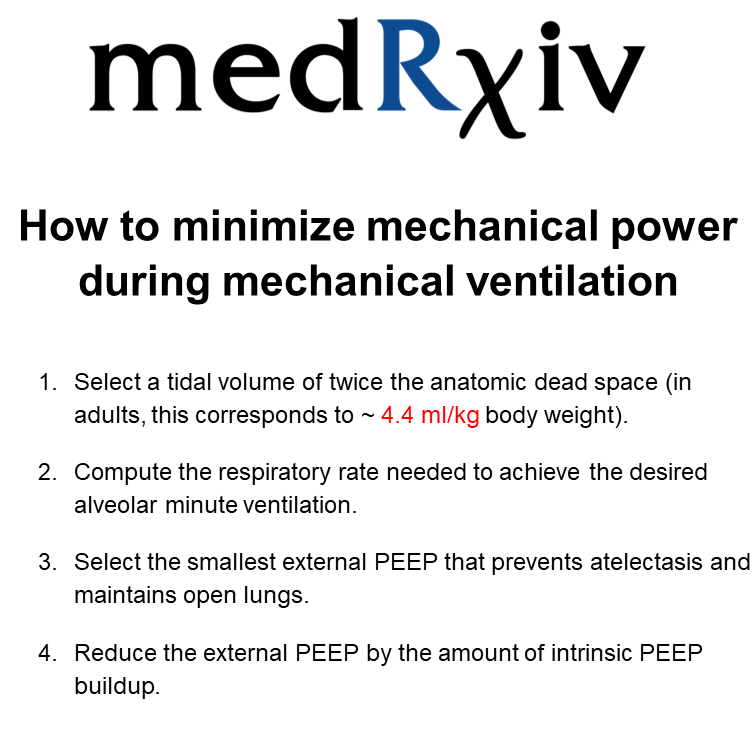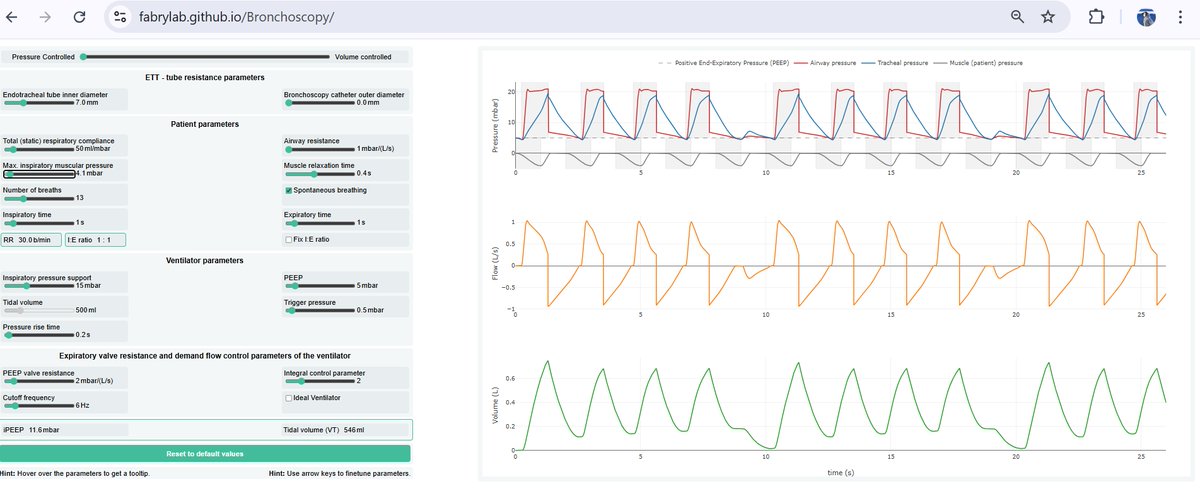
Ben Fabry
@atc_ventilator
Developed the Automatic Tube Compensation mode (that was my PhD project) in 1993, now Prof. of Physics, main research in cellular mechanobiology
ID: 1652323428236419078
http://www.bio.physik.fau.de 29-04-2023 14:46:29
533 Tweet
1,1K Followers
195 Following




I have moved to Bluesky (bsky.app/profile/atc-ve…) and hope my Twitter friends will join me there soon. While I may check in on Twitter occasionally, my primary activity will be on Bluesky. Looking forward to reconnecting there! Ariel J Garnero Doc Musician VentBusters Sameed M







